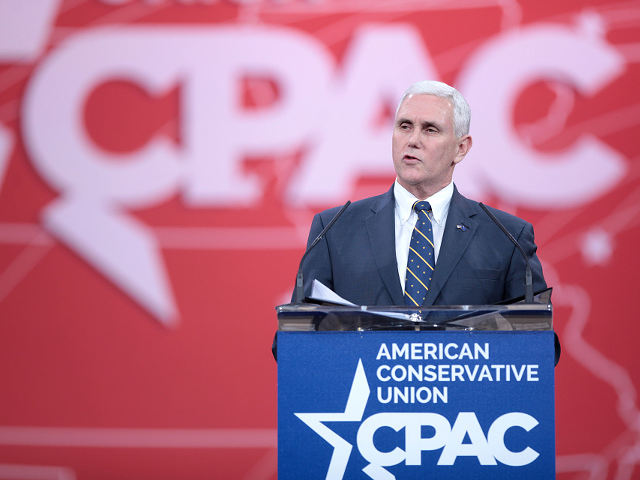
A state appeals court seat opened up in January. The state’s seven-member Judicial Nominating Commission advertised the vacancy and collected nominations, applications and completed questionnaires. Following a process spelled out in the state Constitution, the panel sent the governor three names last week. It is now up to the governor to choose one of the three.
The governor of Kentucky, that is. Ohio dispenses with such cumbersome, bipartisan folly. It engages in a much more efficient process –— simple political appointments.
With no due-diligence red tape in their way, Hamilton County Republicans scored two seats this month on the six-judge First District Court of Appeals in Cincinnati. Not only that, they filled the seats with two men who had never served as judges at any level, not even traffic court.
One of the appointees, Dennis Deters, was largely a product of the local Republican machine. From his humble seat on the Colerain Township Board of Trustees, the party named him to a vacancy on the Hamilton County Board of Commissioners in January 2016. Voters took a pass on keeping him, however, when he ran for a full term last November.
But the brother of Prosecutor Joe Deters wasn’t to be denied a government paycheck – a $145,550 paycheck. The party included Deters and local attorney Charles “Chip” Miller among five nominees for the two appellate court vacancies. Ohio Gov. John Kasich turned them into judges.
Kasich had nothing to say about the qualifications of the pair. “After a careful review, the most qualified individuals were selected,” said a Kasich spokeswoman. Never mind that one of the other three applicants, Mark Schweikert, had served as a Municipal and Common Pleas Court judge for a total of 11 years and had spent a decade as head of the Ohio Judicial Conference.
One governor ago, Ted Strickland established the Ohio Judicial Appointments Recommendation Panel to vet judge candidates and make non-binding endorsements to the governor. “Use of this process was an excellent alternative to relying strictly on partisan politics to fill judicial vacancies," says Marianna Bettman, a University of Cincinnati law professor who served on both the First District Court of Appeals and Strickland's judicial selection panel. "The committee had both Democrats and Republicans on it, and the interviewing process was very inclusive. I think the result was a more diversified bench, plus it encouraged lawyers to apply who might never otherwise have done so, because they hadn’t been involved in politics.”
That panel died after Kasich took office. The politics-as-usual method was revived.
Kentucky, somehow, managed to make the judicial nominating process part of its state Constitution. Its seven members include the chief justice of the Kentucky Supreme Court, two lawyers elected by the Kentucky Bar Association and four citizens — two Democrats and two Republicans — appointed by the governor.
And whom did they recommend last week for the vacancy on the state’s 5th Appellate District Court in Central Kentucky? One has been a circuit court judge since 2003, another since 2005. The third candidate is the second highest-ranking official in the state’s public defender’s office. Gov. Matt Bevin will choose one of the three.
Kasich’s office was asked why Ohio judicial recommendation panel was eliminated. Its reply: "We ... have no idea what the Ohio Judicial Appointments Recommendation Panel is. You’ll have to ask Gov. Strickland about that panel."
CONTACT JAMES McNAIR: [email protected], 513-914-2736, @jmacnews on Twitter





